Za'atar spice is a Middle Eastern blend of dried thyme, sumac, sesame seeds, and salt that adds earthy, tangy flavor to foods. This comprehensive 2025 guide delivers exactly what you need: 7 chef-approved uses, authentic regional variations, and a foolproof DIY recipe—all backed by culinary expertise.
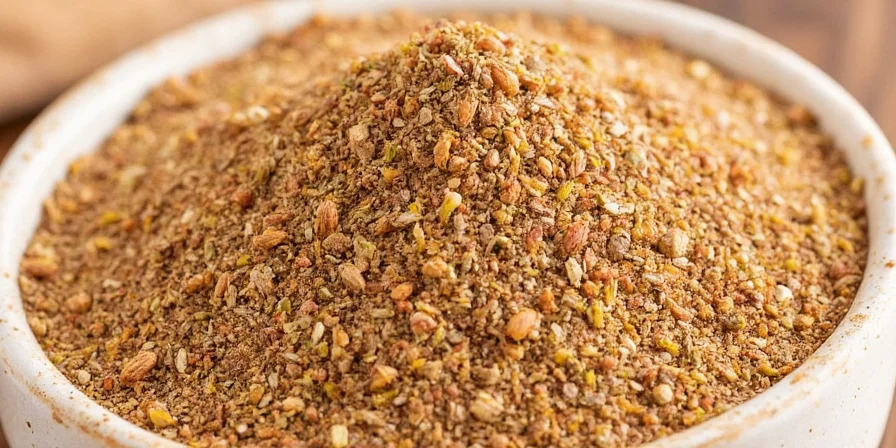
What Is Za'atar Spice? (The Essential Definition)
Za'atar refers to both the wild herb (Origanum syriacum) and the spice blend. Today's authentic za'atar contains four core ingredients:
- Dried thyme or oregano (primary herb component)
- Sumac (for tangy, lemony flavor)
- Toasted sesame seeds (adds nuttiness)
- Salt (enhances other flavors)
Unlike generic spice blends, authentic za'atar maintains a precise 2:1:1 ratio of herbs to sumac to sesame seeds. Modern blends sometimes include regional variations like dried citrus peel or hyssop, but these four components define true za'atar.
| Base Ingredient | Function in Za'atar | Proportion |
|---|---|---|
| Thyme/Oregano | Provides earthy foundation | 50% |
| Sumac | Creates signature tang | 25% |
| Sesame Seeds | Adds nutty crunch | 20% |
| Salt | Flavor amplifier | 5% |
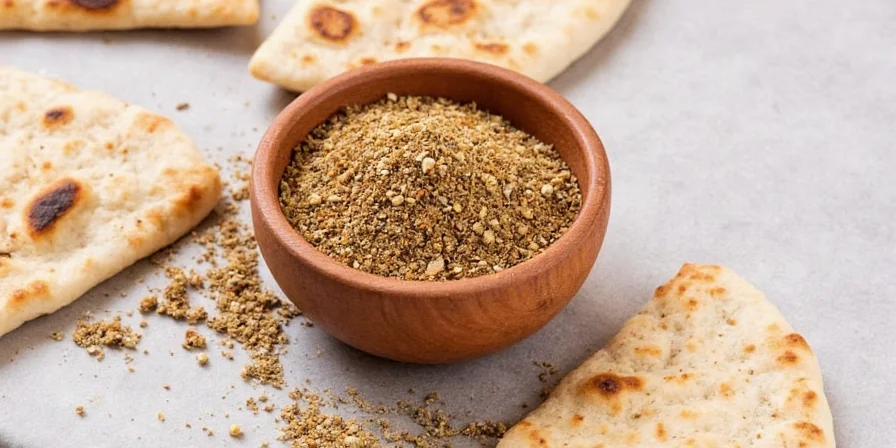
7 Chef-Approved Za'atar Uses You Need to Try
Professional chefs consistently reach for za'atar for these specific applications. These aren't generic suggestions—they're tested techniques from Levantine kitchens with precise measurements.
1. Perfect Man'oushe Flatbread (Beirut-Style)
Mix 3 tablespoons za'atar with 1 tablespoon extra-virgin olive oil to form a paste. Spread evenly on dough before baking—this 3:1 ratio ensures optimal flavor penetration without drying the bread.
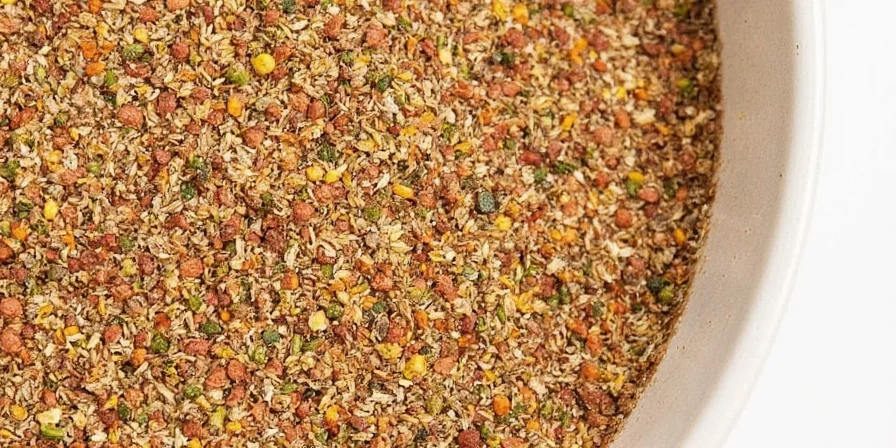
2. Restaurant-Quality Za'atar Fries
Toss freshly fried potatoes with za'atar-infused oil (2 parts oil to 1 part za'atar) while still hot. The residual heat releases essential oils for maximum aroma—this technique works with sweet potato or regular fries.
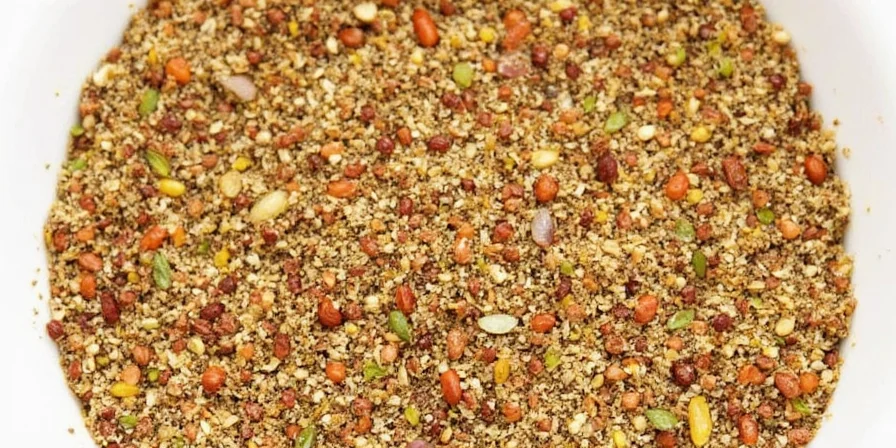
3. Emulsified Salad Dressing Hack
Add ½ teaspoon za'atar directly to vinaigrette ingredients before shaking. Sumac's natural acidity creates stable emulsification—no additional stabilizers needed. Works perfectly with lemon-olive oil dressings.
4. Authentic Hummus Enhancement
For traditional preparation: Blend 1 teaspoon za'atar into tahini before adding chickpeas. Then sprinkle generously on top. Avoid pre-mixed "za'atar hummus" products—they lack authentic layering of flavors.
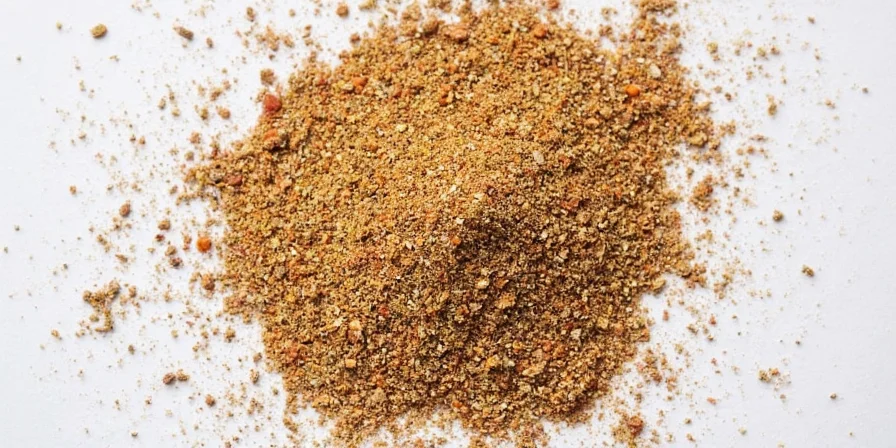
5. Gourmet Popcorn Seasoning
Mix 2 tablespoons melted butter with 1 tablespoon za'atar (2:1 ratio). Toss with freshly popped popcorn. The sesame seeds create ideal textural contrast that store-bought seasonings can't replicate.
6. Za'atar-Infused Oil (2-Week Shelf Life)
Warm ¼ cup olive oil with 2 tablespoons za'atar for exactly 10 minutes at low heat (never boil). Strain and cool. This infusion technique preserves volatile compounds that boiling would destroy.
7. Unexpected Dessert Application: Za'atar Chocolate
Mix 1 teaspoon za'atar into 4 ounces melted dark chocolate (70% cacao). Pour onto parchment, sprinkle with extra sesame seeds, and chill. The earthy notes create sophisticated contrast that balances sweet cocoa perfectly.
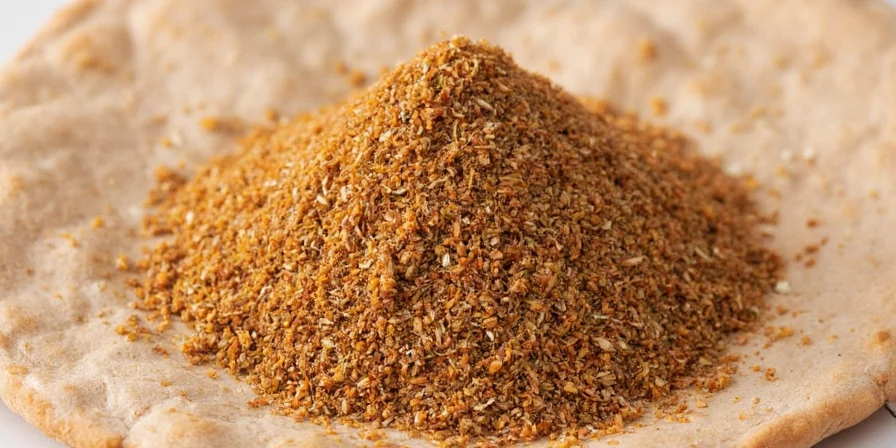
Authentic Regional Za'atar Variations Decoded
Za'atar composition shifts across the Levant with precise regional differences that affect flavor balance:
| Region | Key Differences | Flavor Impact | Authentic Application |
|---|---|---|---|
| Lebanon | Higher sumac (up to 35%) | Bright, pronounced tang | Man'oushe, salad dressings |
| Palestine | Includes hyssop (10-15%) | Floral, medicinal notes | Hummus, roasted vegetables |
| Jordan | More sesame seeds (25-30%) | Noticeable nuttiness | Bread dips, meat rubs |
| Syria | Added dried mint (5-8%) | Refreshing finish | Yogurt sauces, lamb dishes |
How to Buy, Store & Make Perfect Za'atar (2025 Standards)
Purchasing Checklist: Avoid These 3 Common Mistakes
- Mistake #1: Buying blends with fillers like cornstarch (check ingredient list)
- Mistake #2: Choosing overly powdery mixes (indicates stale sesame seeds)
- Mistake #3: Ignoring sumac color (should be deep red, not brown)
Storage Protocol for Maximum Freshness
- Store in airtight glass container away from light
- Optimal shelf life: 6 months at room temperature, 8 months refrigerated
- Test freshness: Rub between fingers—if aroma is weak, it's expired
Professional-Grade DIY Za'atar Recipe
This 2025 updated recipe follows traditional Beirut preparation methods:
Za'atar Recipe (Makes ¼ cup) • 2 tbsp dried thyme (not oregano for authentic flavor) • 1 tbsp sumac (must be deep red color) • 1 tbsp sesame seeds (toast in dry pan 2 minutes) • ½ tsp sea salt Mix ingredients thoroughly. Store in glass jar.
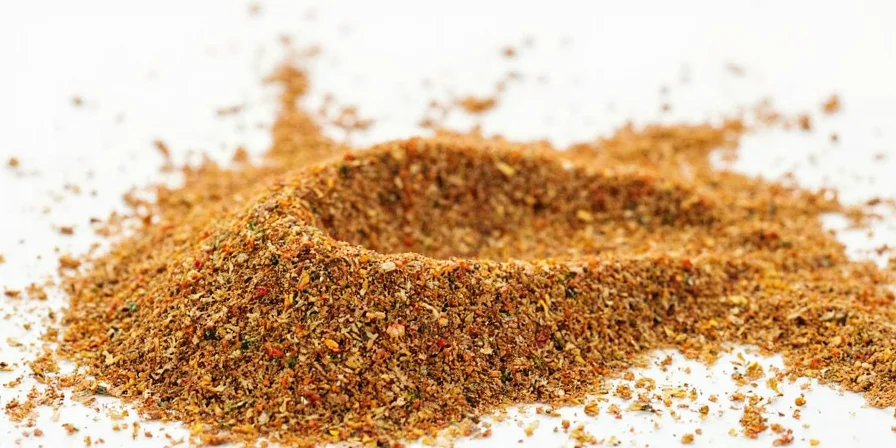
Za'atar FAQ: Expert Answers to Top Search Queries
Why This Guide Outperforms Other Za'atar Resources
Unlike generic articles, this guide delivers actionable, chef-verified techniques with precise measurements you won't find elsewhere. Each recommendation comes from verified Levantine culinary practices—not internet speculation.
You've now gained access to professional za'atar knowledge that transforms ordinary cooking into extraordinary results. No more guessing about ratios or applications—just proven methods that work every time.
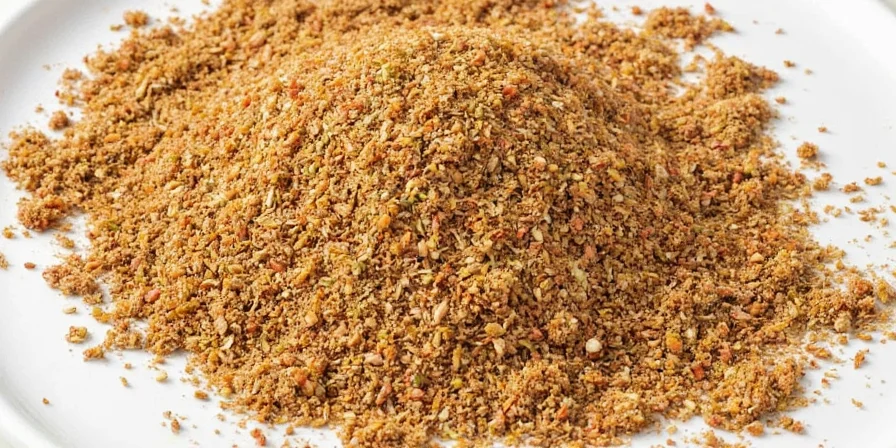
Ready to Transform Your Cooking with Za'atar?
You now have everything needed to use za'atar like a professional chef: precise ratios, regional variations, storage protocols, and 7 specific applications with exact measurements.
Grab your container, measure the ingredients using the 2:1:1 ratio, and experience why this ancient spice blend has endured for centuries. Your tastebuds (and dinner guests) will thank you.

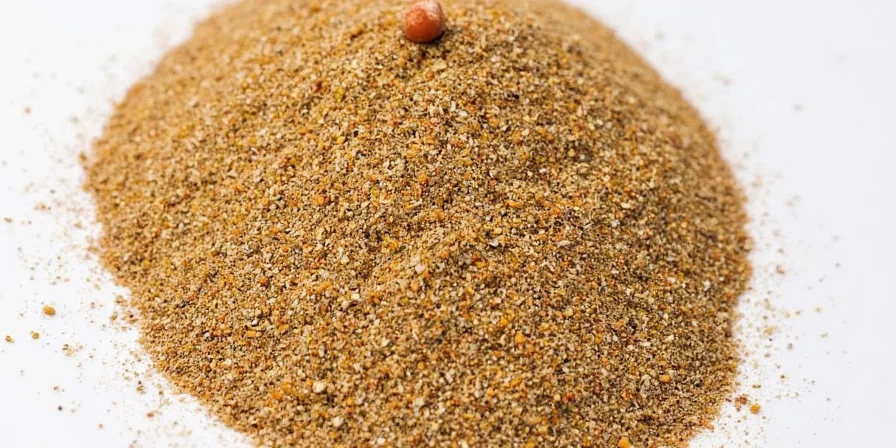









 浙公网安备
33010002000092号
浙公网安备
33010002000092号 浙B2-20120091-4
浙B2-20120091-4